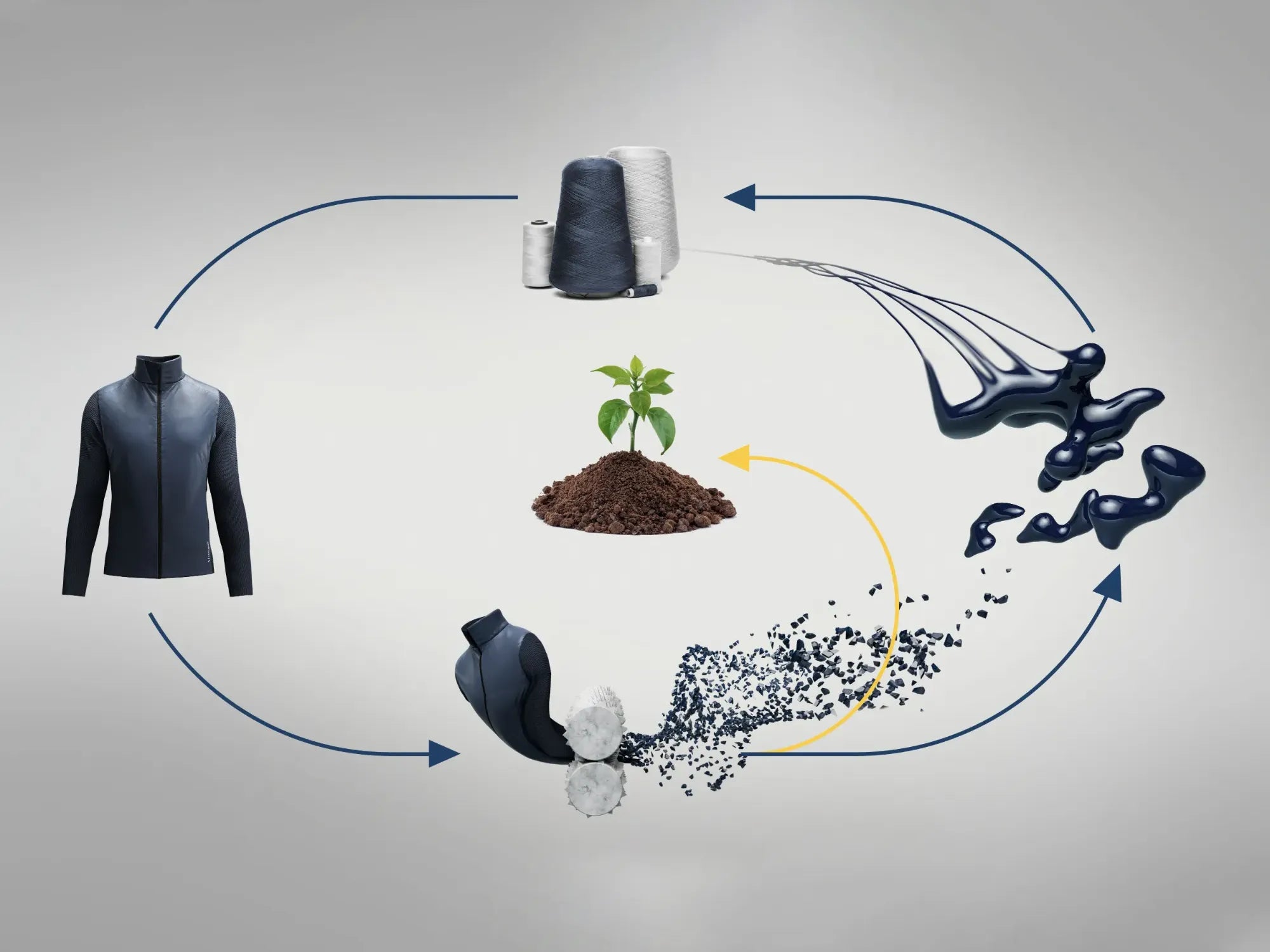
Benefits of circular economy
The circular economy is a revolutionary model of economic production and consumption that has gained prominence in recent years. It is based on the idea of keeping resources in the economic cycle for as long as possible, reducing waste and maximizing the value of resources. This model offers numerous benefits, including reducing environmental impact, promoting economic growth, and promoting sustainability. In this article, we discuss what circular economy means, its benefits, and the challenges of implementing it. We will also provide a brief insight into how circular economy can be implemented in the textile industry.
What is a circular economy?
A circular economy is an economic model that aims to keep resources in the economy for as long as possible by creating a closed loop of production and use. This means that production processes are designed to generate as little waste as possible and that resources that would otherwise be wasted are reused in some way. For example, materials used in the manufacture of products can be reused in other products, or components can be refurbished and recycled as used items. This reduces energy consumption, minimizes the need for new materials and minimizes waste.
The benefits of a circular economy
The circular economy model brings numerous benefits. Perhaps most importantly, it can help reduce environmental impact. Because resources are kept in circulation, less energy is required to craft new materials and fewer resources are wasted. This can lead to a reduction in greenhouse gas emissions and a decrease in resource extraction. In addition, the circular economy concept can lead to higher economic growth as it encourages innovation and the creation of new processes and opportunities.
The circular economy promotes sustainability primarily because it supports reuse and recycling. Ideally, all the materials used in a product are reused, recycled or otherwise sensibly used, which drastically reduces the amount of waste. In addition, the circular economy can help reduce economic inequality by providing access to resources that would otherwise be wasted.
Implementation of a circular economy
In order to successfully implement the circular economy, companies need to understand the principles of the circular economy and how they can be applied to their operations. This includes understanding the process of resource extraction, production, consumption and disposal. They need to see how each step can be improved to create a more circular system. In addition, companies must ensure that the products they manufacture are designed to be reused or recycled. It is also important to develop strategies to measure the success of a circular economy. This includes tracking resource use and waste levels, and assessing the economic, environmental and social impacts of implementation. In addition, companies should strive to create transparent systems so that customers can understand their impact on the environment.
Waste reduction through a circular economy
One of the main benefits of the circular economy is its ability to reduce waste. By encouraging reuse and recycling, less material needs to be extracted from the earth to meet production needs. In addition, companies can reduce their energy consumption by finding ways to reuse materials or components instead of creating new ones.
The circular economy concept also promotes waste reduction by encouraging companies to adopt sustainable design principles. By designing products with a focus on resource efficiency and reuse or recyclability, companies can minimize the amount of waste they produce.
How to measure the benefits of a circular economy
Measuring the success of a circular economy model is an important step in determining its effectiveness. As a small company, we have very limited resources for measuring our activities, but we have already taken an enormously important step with the Muntagnard Impact Assessment . There are a wide variety of metrics that can be used: e.g. E.g. resource consumption and amount of waste, recyclability due to the composition of a product, environmental impact from CO2 emissions, etc.. In addition, companies should strive to make their systems transparent so that customers can better understand their impact on the environment.
The future of the circular economy
The concept of the circular economy has gained tremendous traction in recent years, and more and more companies are beginning to see its potential and relevance. The circular economy definitely has the potential to significantly influence and advance global sustainability efforts. In addition, this model offers numerous opportunities for innovation, including new technologies that can improve resource efficiency and reduce waste.
Circular economy in clothing
There are numerous examples of forward-looking processes and business ideas that promote a circular textile economy. There are a growing number of companies that have developed a business model out of specializing in the use of recycled fibers in yarn and fabric production. This allows us, for example, to develop a collection made from 100% recycled fibers from production leftovers and used clothing (see CASHMIR line ). In more and more countries there are offers for renting clothes, as shown, for example, by two exciting Swiss companies in the baby clothes sector ( Miniloop , OiOiOi ). With our LANA jacket , we have also developed a rental offer that has already been very well received by our customers.
In addition, there are more and more clothing brands that are already focusing on how the garment can be reused and recycled at the end of its life, right from the design and development process. This strategy is clearly our focus at Muntagnard, as we design every single product to be recyclable and/or at least biodegradable more quickly whenever possible. Mono-material constructions such as our T-shirts ( LEGNA , MANGOLA and MIUtec ) are pioneering examples of this.
Challenges in establishing a circular economy
While the circular economy model brings numerous benefits, there are also some challenges in implementing this model. One of the biggest challenges is companies moving away from traditional linear production and consumption models. This can present enormous hurdles for both businesses and consumers who are used to traditional models.
In addition, the introduction of a circular economy can be associated with legal challenges. Governments need to take action to encourage businesses and consumers to adopt this model while protecting the environment.
The potential impact of a global circular economy
If adopted globally, a circular economy could have a significant impact on sustainability efforts. By reducing energy consumption and waste generation, businesses and consumers could help to substantially reduce their environmental impact. In addition, this model could lead to higher economic growth and the creation of new jobs and business models as companies find new ways to innovate and create value.
When companies, consumers and politicians embrace the circular economy model and understand how it works, we can create systems that promote sustainability while adding value to the economy, society and the environment.




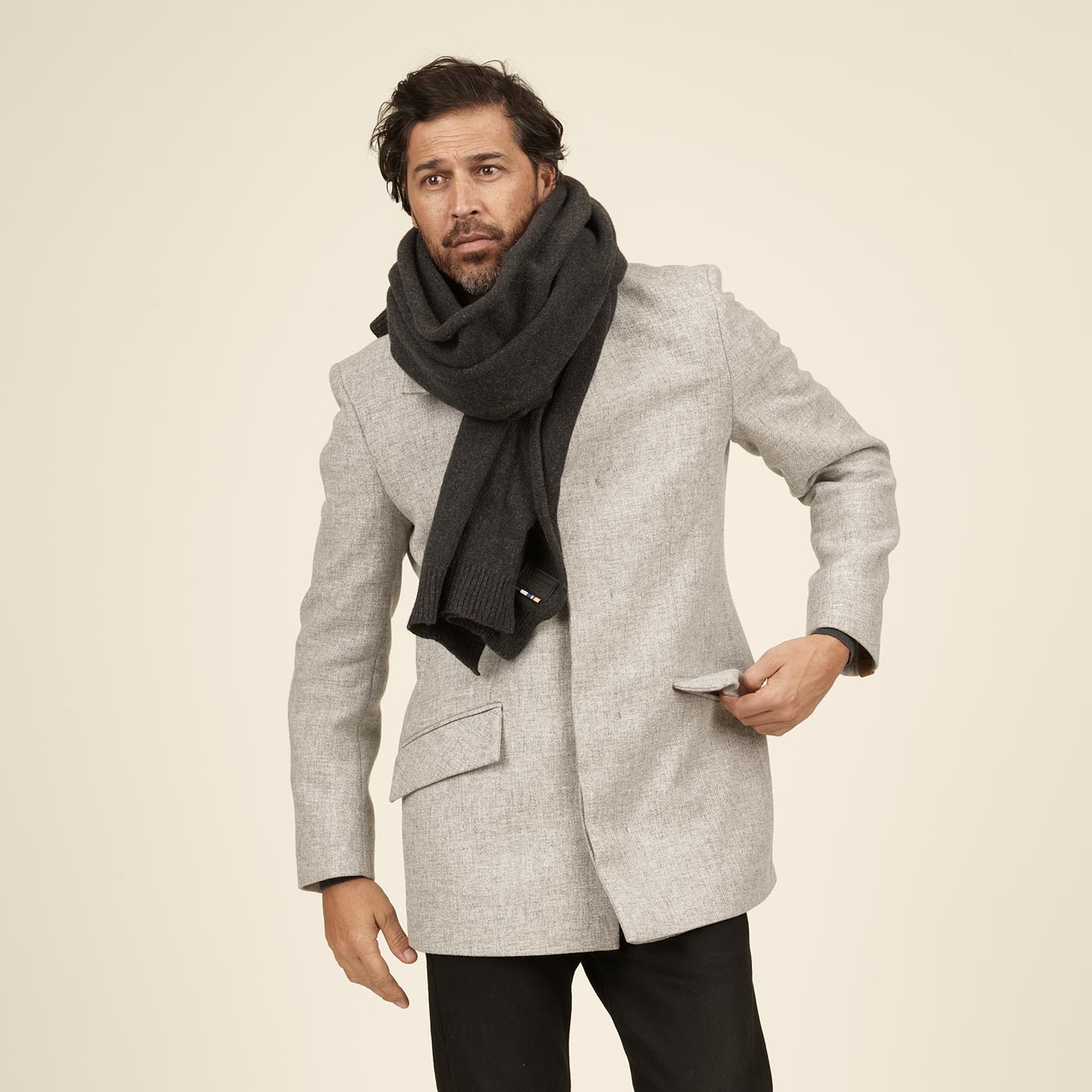


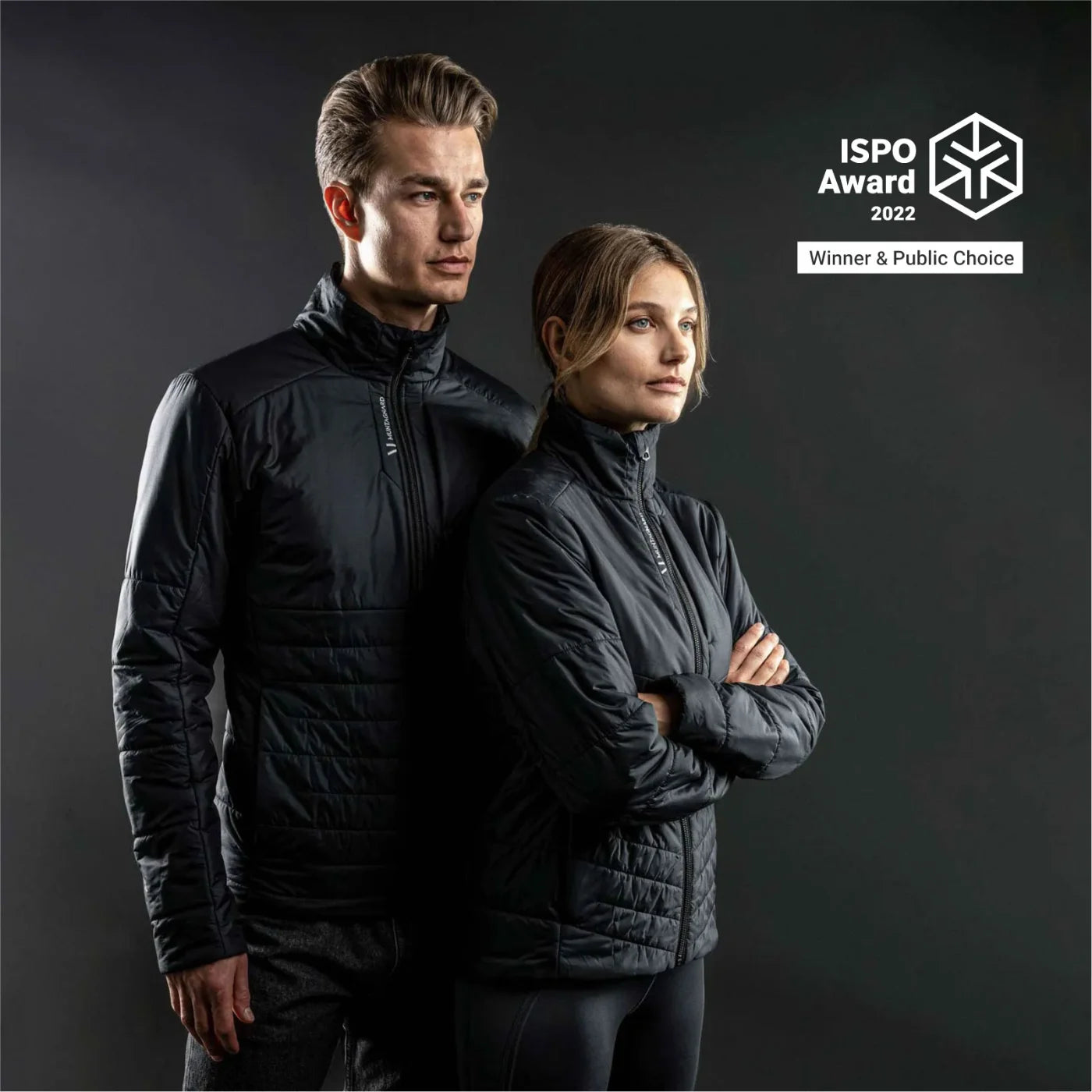
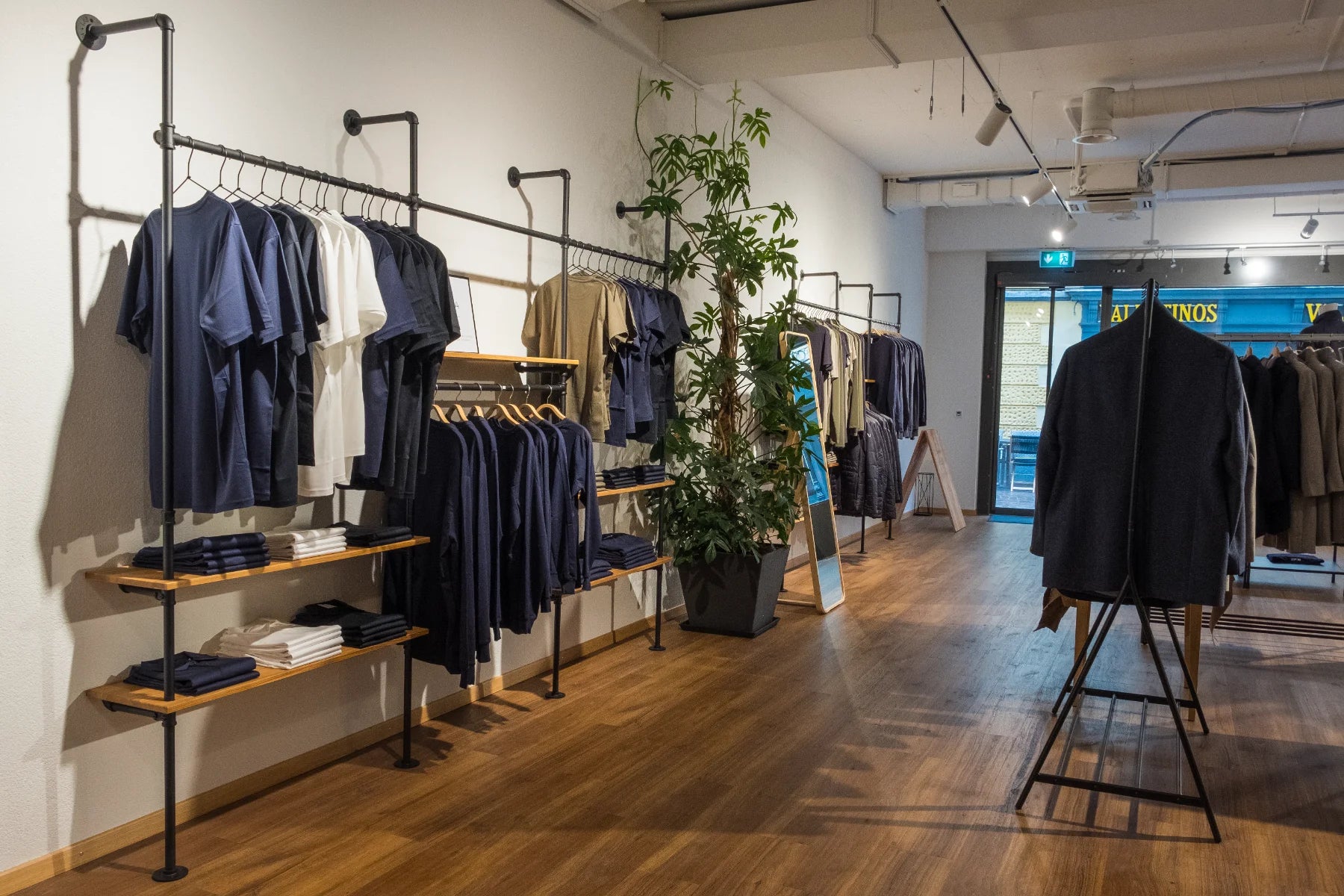
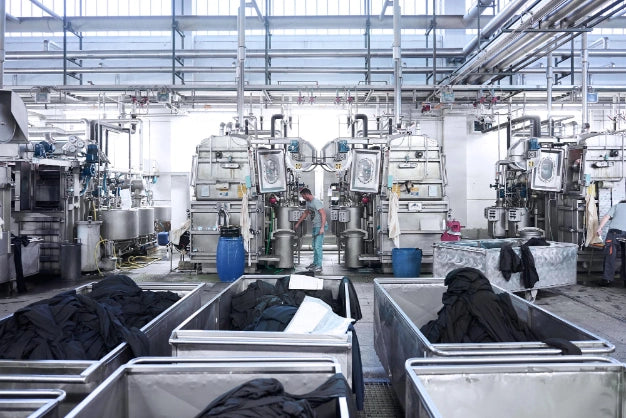







Leave a comment
This site is protected by reCAPTCHA and the Google Privacy Policy and Terms of Service apply.